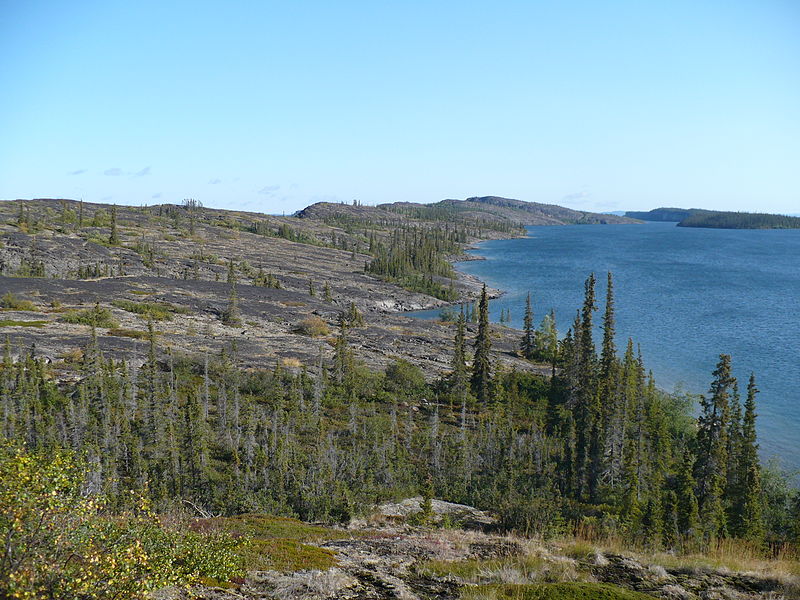- YELLOWKNIFE, N.W.T.—Canada needs to keep its promise to the world. Struck by increasing declines in wildlife and other species, Canada was among the first

- YELLOWKNIFE, N.W.T.—Canada needs to keep its promise to the world. Struck by increasing declines in wildlife and other species, Canada was among the first
- YELLOWKNIFE, N.W.T.—Canada needs to keep its promise to the world. Struck by increasing declines in wildlife and other species, Canada was among the first


